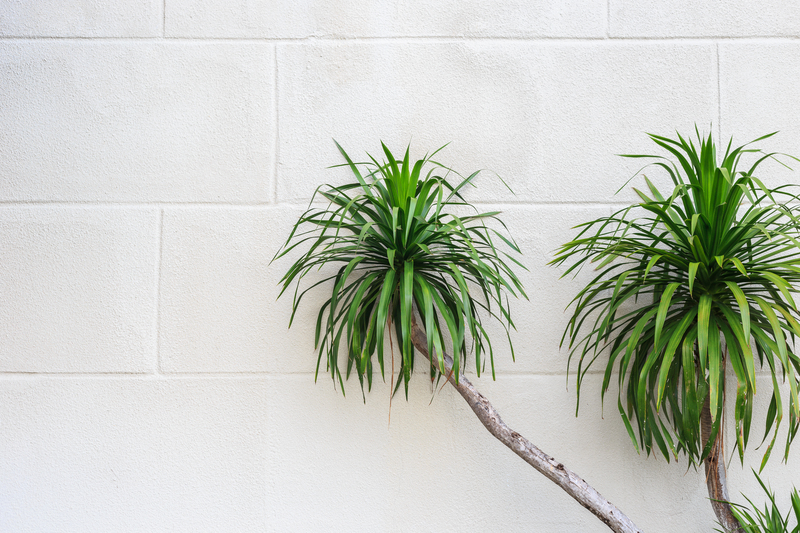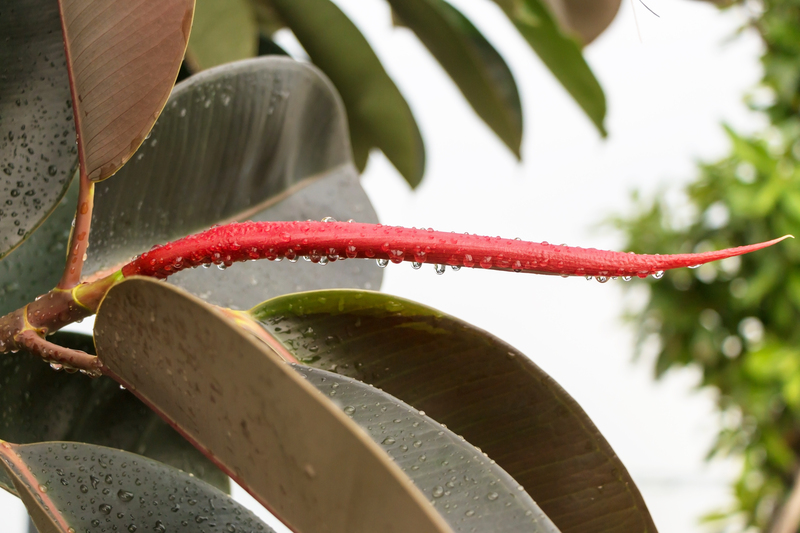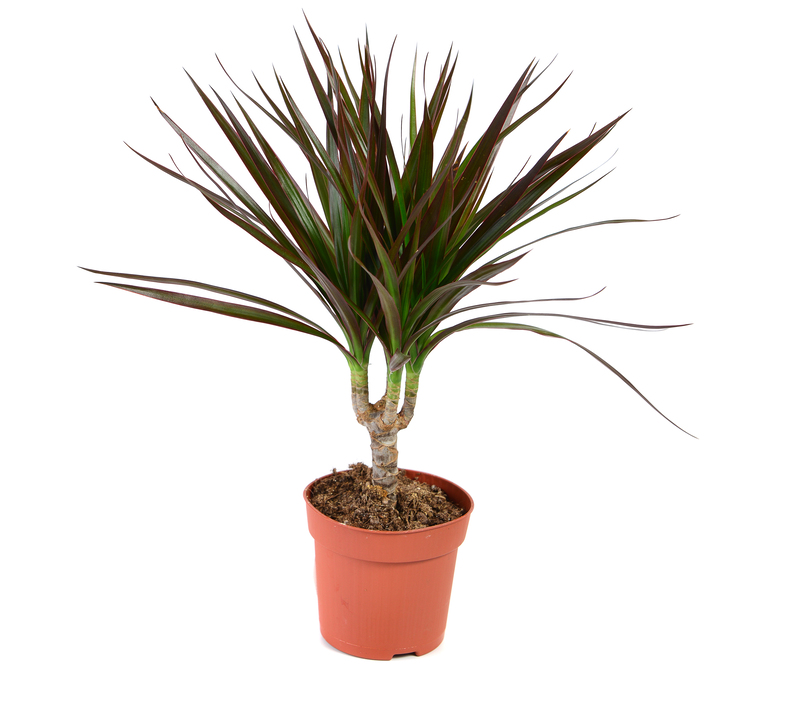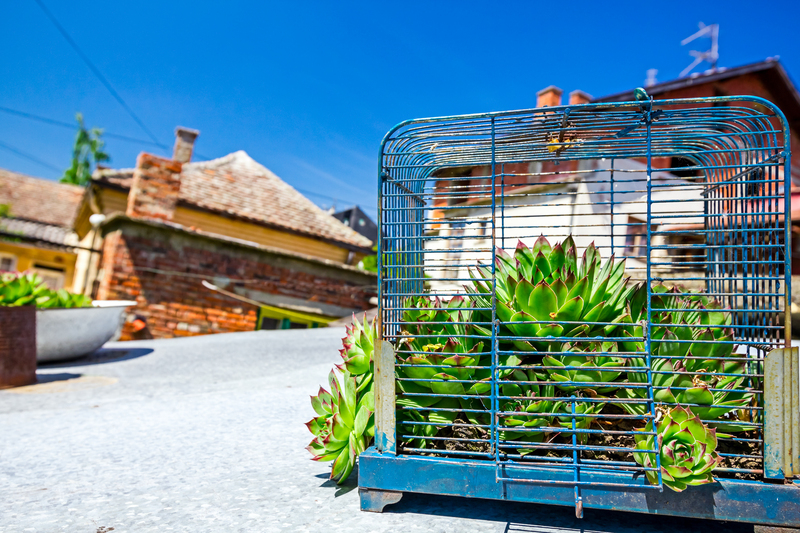Comprehensive Insights on Garden Fence Replacement

Replacing your garden fence is a significant investment that can enhance the aesthetic appeal and security of your outdoor space. Whether your current fence is old, damaged, or simply no longer fits your garden's style, understanding the process and options available is crucial.
A new garden fence can provide privacy, define boundaries, and add value to your property. It's essential to consider various factors such as material, cost, and installation methods to ensure you make the best decision for your specific needs.
Homeowners often overlook the importance of regular fence maintenance, which can lead to premature wear and tear. By proactively planning for a garden fence replacement, you can avoid unexpected expenses and ensure your fence stands the test of time.
Assessing the Need for a Replacement
Before diving into the replacement process, it's vital to evaluate the current state of your fence. Look for signs of damage such as rotting wood, rusted metal, or broken panels. Additionally, consider whether the existing fence still meets your privacy and security requirements.
Environmental factors like weather conditions and soil type can also impact the longevity of your garden fence. Fences exposed to harsh elements may deteriorate faster, necessitating a sooner replacement than initially anticipated.
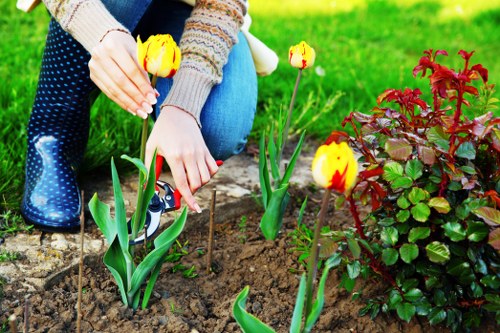
Selecting the Right Material
Choosing the appropriate material for your garden fence is crucial for both functionality and aesthetics. Common materials include wood, vinyl, metal, and composite.
- Wood: Offers a natural look and can be customized easily, but requires regular maintenance.
- Vinyl: Durable and low-maintenance, vinyl fences come in various styles and colors.
- Metal: Provides strength and longevity, often used for security purposes.
- Composite: Combines the best of wood and plastic, offering durability without the need for frequent upkeep.
Each material has its advantages and disadvantages, so it's essential to weigh them against your specific needs and preferences.


Installation Process
Replacing a garden fence involves several steps, from removing the old fence to installing the new one. Proper planning and execution are essential to ensure a successful replacement.
Start by measuring the area where the fence will be installed to determine the amount of material needed. Next, remove the existing fence carefully to avoid damaging the property.
Once the old fence is removed, prepare the site by clearing any debris and leveling the ground. This preparation is crucial for the stability and longevity of your new fence.
Cost Considerations
The cost of garden fence replacement can vary widely based on factors such as material choice, fence length, and labor fees. It's essential to establish a budget beforehand to guide your decision-making process.
While materials like wood may have a lower upfront cost, they might require more maintenance over time. On the other hand, materials like vinyl or composite may have a higher initial cost but offer greater durability and lower maintenance in the long run.

Maintenance and Longevity
Proper maintenance can significantly extend the lifespan of your garden fence. Regularly inspecting your fence for signs of damage and addressing issues promptly can prevent more extensive repairs in the future.
Depending on the material, maintenance tasks may include painting or staining wood fences, cleaning metal fences to prevent rust, and ensuring that vinyl fences remain free from debris that could cause wear.
Implementing routine maintenance practices will not only preserve the appearance of your fence but also enhance its functionality and durability.

Enhancing Curb Appeal
A well-chosen fence can dramatically improve the curb appeal of your home. By selecting a style and color that complements your garden and house, you can create a harmonious and inviting outdoor space.
Consider incorporating decorative elements such as lattice panels, decorative post caps, or customized paint finishes to add a personal touch to your garden fence.
Ultimately, a beautiful fence not only serves its functional purpose but also becomes a striking feature of your property's landscape design.
Environmental Impact
When selecting materials for garden fence replacement, it's important to consider the environmental impact. Opting for sustainable or recycled materials can reduce your ecological footprint while still providing a durable and attractive fence.
For instance, composite materials often use recycled wood fibers and plastics, making them a more eco-friendly option compared to traditional materials.
Additionally, choosing locally sourced materials can reduce transportation-related emissions, further minimizing the environmental impact of your fence replacement project.
Permits and Regulations
Before embarking on a garden fence replacement project, it's crucial to be aware of any local regulations or homeowners' association guidelines that may apply. Some areas have specific height restrictions, material requirements, or placement rules for fences.
Obtaining the necessary permits ensures that your fence replacement complies with local laws and avoids potential fines or legal issues. It's advisable to consult with your local municipality or HOA before commencing the project.
Understanding and adhering to these regulations will facilitate a smoother replacement process and ensure that your new fence meets all legal standards.
DIY vs. Professional Installation
Deciding whether to replace your garden fence yourself or hire a professional depends on several factors, including your skill level, available time, and budget.
A DIY approach can save money on labor costs and provide a sense of accomplishment. However, it requires the right tools, knowledge, and commitment to complete the project effectively.
Hiring a professional fence installer ensures that the job is done correctly and efficiently, often with warranties or guarantees. Professionals can also offer valuable advice on material selection and design options.

Innovative Fence Designs
Modern garden fence designs offer a variety of styles to suit different aesthetic preferences and functional needs. From minimalist panels to ornate wooden carvings, the options are virtually endless.
Integrating features such as built-in planters, lighting, or gate automation can enhance the functionality and appeal of your garden fence.
Exploring innovative designs allows you to customize your fence to reflect your personal style and complement your garden's unique characteristics.
Security Benefits
A sturdy garden fence replacement can significantly enhance the security of your property. Fences act as a deterrent to potential intruders and help maintain the safety of your outdoor space.
Choosing materials like metal or incorporating features such as locking gates can provide additional layers of security. Furthermore, taller fences can make it more challenging for unauthorized individuals to access your property.
Implementing security-focused design elements ensures that your garden fence not only looks good but also serves a vital protective function.
Customizing Your Fence
Customization options allow you to tailor your garden fence to meet your specific needs and preferences. Whether it's adjusting the height, selecting unique materials, or incorporating decorative elements, customization can make your fence truly unique.
For those seeking additional privacy, adding slats or using solid panels can create a more secluded outdoor environment. Alternatively, decorative pickets or cut-out patterns can add visual interest without compromising functionality.
Personalizing your fence ensures that it not only serves its intended purpose but also enhances the overall design of your garden.

Integrating Plants and Foliage
Incorporating plants and foliage into your garden fence can create a lush, natural barrier that enhances both privacy and beauty. Climbing plants like ivy, roses, or clematis can add greenery and color to your fence.
Green fences can also contribute to environmental benefits, such as improved air quality and increased biodiversity. Additionally, living fences provide natural insulation and can help reduce noise pollution.
By integrating plants into your garden fence, you can achieve a harmonious blend of nature and structure that elevates the overall ambiance of your outdoor space.
Climate Considerations
Climate plays a significant role in determining the best materials and designs for your garden fence replacement. Different climates can affect the durability and maintenance requirements of various materials.
For example, in humid or rainy climates, materials resistant to moisture and rot, such as vinyl or composite, are preferable. In areas with high winds or snowfall, sturdier materials like metal or reinforced wood may be necessary to withstand the elements.
Considering the local climate ensures that your garden fence replacement is both practical and resilient against weather-related challenges.

Enhancing Property Value
A well-executed garden fence replacement can positively impact your property's value. Potential buyers often view a new fence as a sign of a well-maintained and cared-for home.
Investing in quality materials and professional installation can yield a higher return on investment by making your property more attractive in the real estate market.
Moreover, a stylish and functional fence can set your property apart from others, providing a competitive edge when selling your home.
Eco-Friendly Options
For environmentally conscious homeowners, eco-friendly fence replacement options are increasingly available. Sustainable materials, such as reclaimed wood or recycled composites, reduce waste and minimize environmental impact.
Eco-friendly fencing not only supports sustainable practices but also offers durability and aesthetic appeal. These materials are often designed to withstand various weather conditions, ensuring a long-lasting solution for your garden.
Choosing eco-friendly options aligns your garden fence replacement with broader environmental goals, contributing to a healthier planet.

Finishing Touches
After installing your new garden fence, adding finishing touches can enhance its appearance and functionality. Painting or staining wood fences can protect them from the elements and add a personalized color scheme.
Installing lighting along the fence can improve visibility and create a warm, inviting atmosphere in the evenings. Additionally, incorporating decorative hardware or unique post designs can elevate the overall look of your fence.
These small enhancements can make a significant difference in the final presentation and performance of your garden fence replacement.
Common Mistakes to Avoid
When undertaking a garden fence replacement, avoiding common pitfalls can save time, money, and frustration. Common mistakes include improper measurement, selecting unsuitable materials, and neglecting local regulations.
Additionally, failing to account for necessary permits or ignoring the importance of proper installation techniques can lead to structural issues and reduced fence longevity.
By being aware of these potential errors, you can ensure a smoother and more successful fence replacement project.
Future-Proofing Your Fence
Considering future needs and potential changes can help you choose a garden fence that remains functional and attractive over time. Opting for adaptable designs allows for easy modifications or upgrades as your garden evolves.
For example, selecting modular fencing components can facilitate repairs or additions without requiring a complete overhaul.
Planning for future developments ensures that your garden fence continues to meet your needs and complements any landscaping changes.

Conclusion
Garden fence replacement is a multifaceted project that involves careful consideration of materials, design, cost, and maintenance. By thoroughly evaluating your needs and exploring the various options available, you can achieve a functional and aesthetically pleasing fence that enhances your outdoor space.
Whether you choose to tackle the installation yourself or enlist professional help, a well-planned fence replacement can provide lasting benefits, from improved privacy and security to increased property value and curb appeal.
Investing time and resources into replacing your garden fence ensures that your outdoor environment remains beautiful, secure, and enjoyable for years to come.




